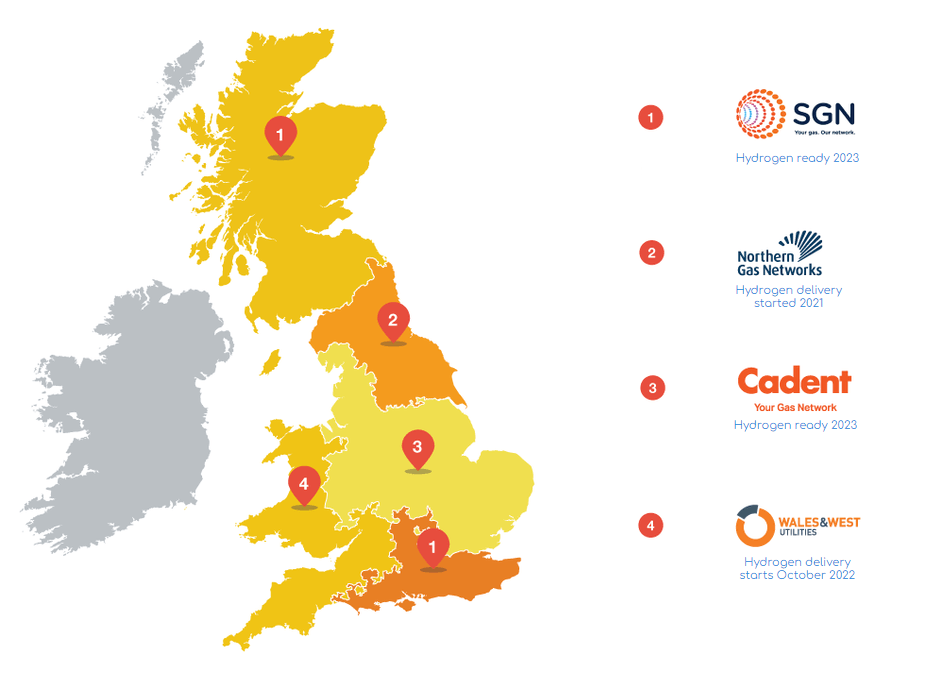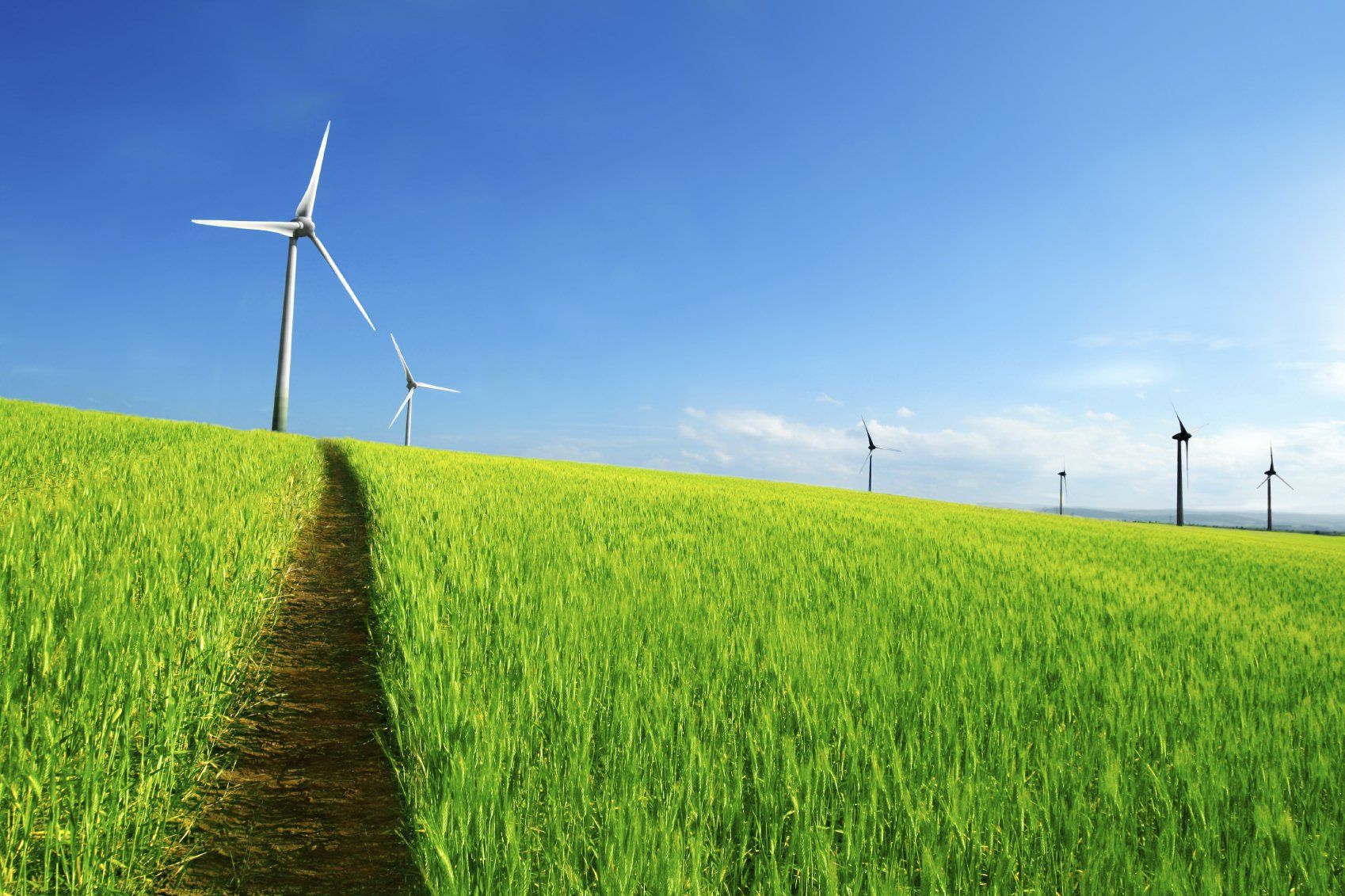Hydrogen Ready ?
Your existing gas supply is moving away from methane and will run on cleaner hydrogen.
By the end of 2023 Britain’s gas grid expects to meet the Government’s target to deliver 20% hydrogen. Viewmyair services make your businesses 'gas detection switchover' from methane gas to Hydrogen simple and straightforward.
viewmyair services - Hydrogen leak detection specialists
Want to know when Hydrogen will enter your gas supply?
Easy. Submit the form below and we'll tell you!
Our expertise, you're safety
We upgrade your existing gas detection equipment to include Hydrogen and or Biomethane. Helping your businesses move toward achieving a safer workplace, whilst creating a cheaper, cleaner energy supply enabling Net Zero.
Our national network of engineers can upgrade your existing methane gas detection equipment to include detection of hydrogen, biomethanes as well as natural gas in around 30 minutes
Quick Install Time
It only takes one of our fully trained engineers around 30 minutes to transition your existing gas detection system.
Specialist Engineering
Our engineers are comprehensively trained to upgrade, service and calibrate (any make or model gas detector).
Save Money
The cost for a new hydrogen, biomethane and methane detector system is less than a standard methane gas detector - with viewmyair servicing *
National Coverage
With engineers nationally we can accommodate gas detection transitioning out of hours to ensure your business runs 24/7/365
As the industry leading specialists in gas detection servicing maintenance and safety, ensuring systems are compliant with latest standards is critical to our core values.
We have passed industry leading conformity and compliance through testing, verification and inspection.
Why do we need to replace the natural gas detection within your business ?
Watch our short introductory video on how viewmyair services and Britain's gas networks
are working together to deliver hydrogen safely and securely to businesses across the UK.
General Questions
Timeline to 100% Hydrogen

All five of Britain’s gas network companies, responsible for owning and operating critical national energy infrastructure, have committed to delivering a 100% Hydrogen gas network. It forms a key part of their ambition to building the world’s first zero carbon gas grid, here in the UK. Energy Networks Association (ENA) has published Britain’s Hydrogen Blending Delivery Plan, setting out how all five of Britain’s gas grid companies will meet the Government’s target for Britain’s network of gas pipes to be ready to deliver 20% hydrogen to homes and businesses around the country from 2023, as a replacement for up to a fifth of the natural gas currently used. It will also mean that Britain’s fleet of gas-fired power plants will be able to use blended hydrogen to generate cleaner electricity.
Click on your provider below to learn more about the transition in your region
Hydrogen blending
What is it and why does it matter?
Blending is when the gas providers begin to inject amounts of Hydrogen into the existing gas networks supply of methane. This begins at 1%, then gradually increases to 20%, then being ramped up to 80% and finally 100%.
Blending allows use of existing network of natural gas transmission and distribution pipelines, and a huge reduction in upfront capital costs.
Blending 20% hydrogen into the gas grid with existing natural gas would save around 6 million tonnes of carbon dioxide emissions every year, the equivalent of taking 2.5 million cars off the road.
A 20/80 blend (hydrogen/methane, by volume) is currently considered the upper limit. The blending report is clear that hydrogen blending within such limit will be only a temporary and transitional arrangement, towards a hydrogen-only (or hydrogen plus biomethane) system.
Benefits
Increase the efficiency of natural gas: Hydrogen has an 8 times high flaming feature than natural gas.
Emissions reduction: It is estimated that a blend comprised of as little as 5% low carbon hydrogen could reduce greenhouse gas emissions by 2%.
Allows use of existing network of natural gas transmission and distribution pipelines: By carrying a blend of hydrogen and natural gas, existing natural gas transmission and distribution pipelines can be repurposed to expedite the growth of hydrogen use
Reduction of upfront capital costs: Blending hydrogen into existing natural gas infrastructure limits the significant capital costs required to develop dedicated transmission and distribution infrastructure for hydrogen
Challenges
Hydrogen Leakages : When compared to natural gas, hydrogen is more unstable so the chance of leakage is high.
Dated gas detection equipment: Detection is the first line of defense in fire safety. Many businesses are not aware of the inevitable transition, and therefore may have not fit for purpose gas detection monitors.
Pipeline compatibility: While the newer steel and polyethylene used in natural gas distribution systems are not typically subject to embrittlement concerns, the steel used in older distribution infrastructure and natural gas transmission pipelines, together with the higher pressures in these transmission pipelines as compared to distribution systems, does make them susceptible to leakage.
Conclusion
Britain’s Hydrogen Network plan will play a vital role in delivering the UK’s ambitions for hydrogen, as set out in the Prime Minister’s Ten point plan for a 'Green Industrial Revolution'. This Plan will enable the existing gas networks to supply 100% hydrogen and be transported for use in different sectors of the UK economy - starting with blending..
The safety of buildings and the occupants inside is something any profession cannot afford to get wrong. It is paramount to ensure any business premises has the correct gas detection systems in place before, during and after the switchover.
Call us on 020 3835 111 if you are unsure when Hydrogen is due to commence in your region.
It takes 15 times less energy to ignite Hydrogen than what it does to ignite Petroleum
Accurate and fast detection of leaking Hydrogen prevents it reaching dangerous levels.
Having a reliable Hydrogen detection & monitoring system is critical, the smallest leak can be fatal.
Book your transition now
Submit your request and we'll get back to you soon
SMELL GAS ?
Immediately call
0800 111 999
If you smell gas, think you have a gas leak, or are worried that carbon monoxide fumes are escaping from an appliance, call the free National Gas Emergency Service immediately.
Are you hydrogen confused?
Hello Hydrogen, is a group of the UK’s biggest gas networks, boiler manufacturers and energy suppliers who have come together to help start you on the hydrogen journey. viewmyair have partnered with hello hydrogen for resources available through their website, enabling additional support for those who are a little hydrogen confused.













